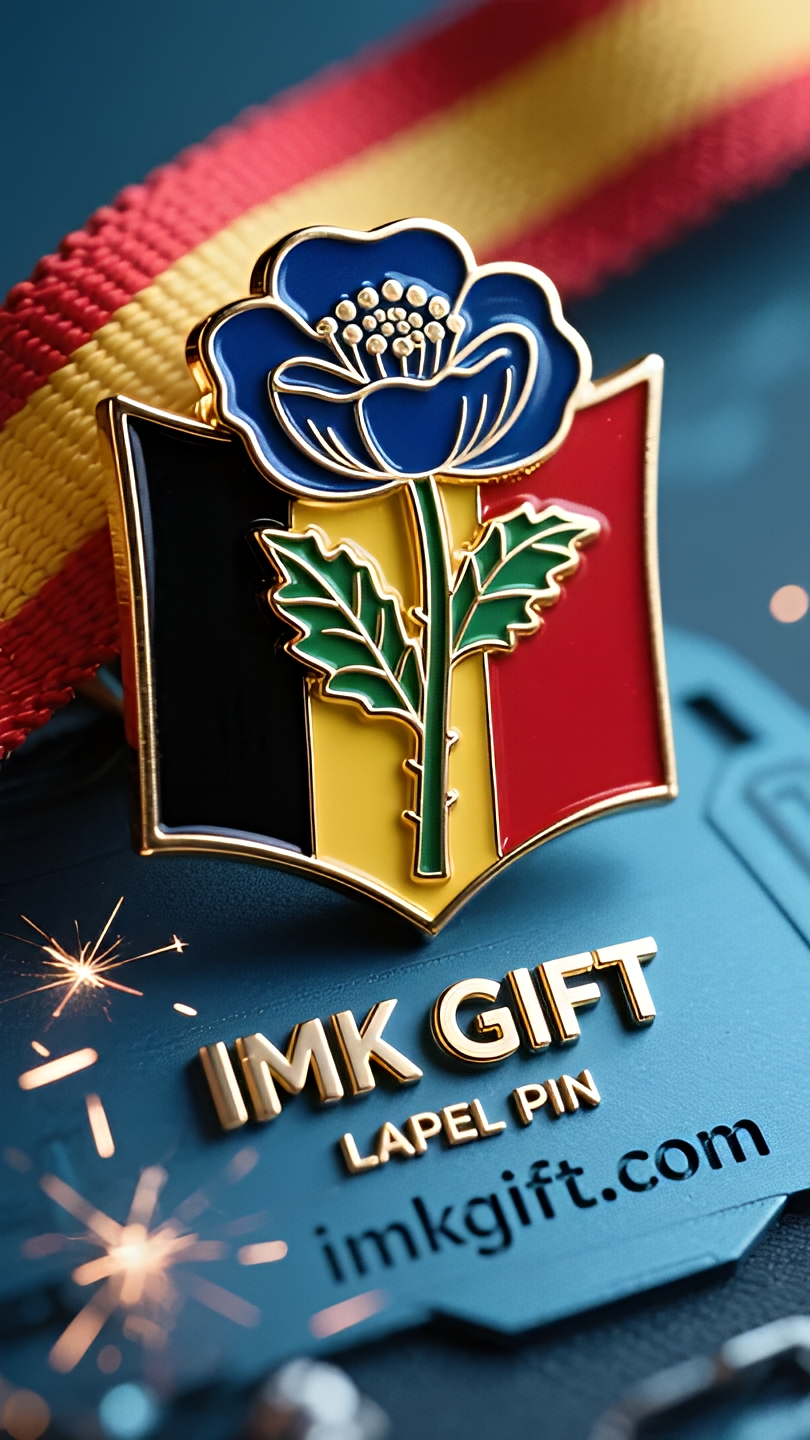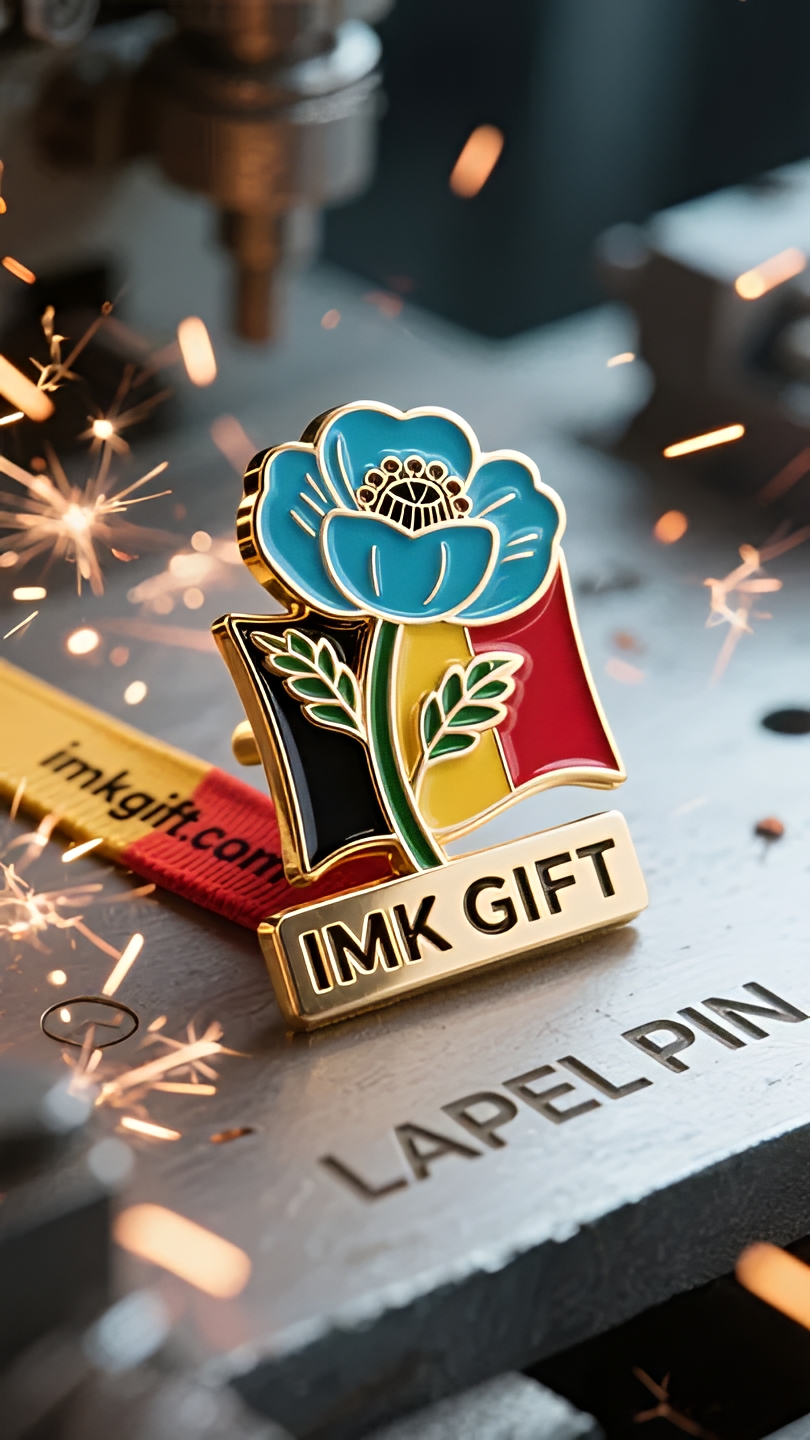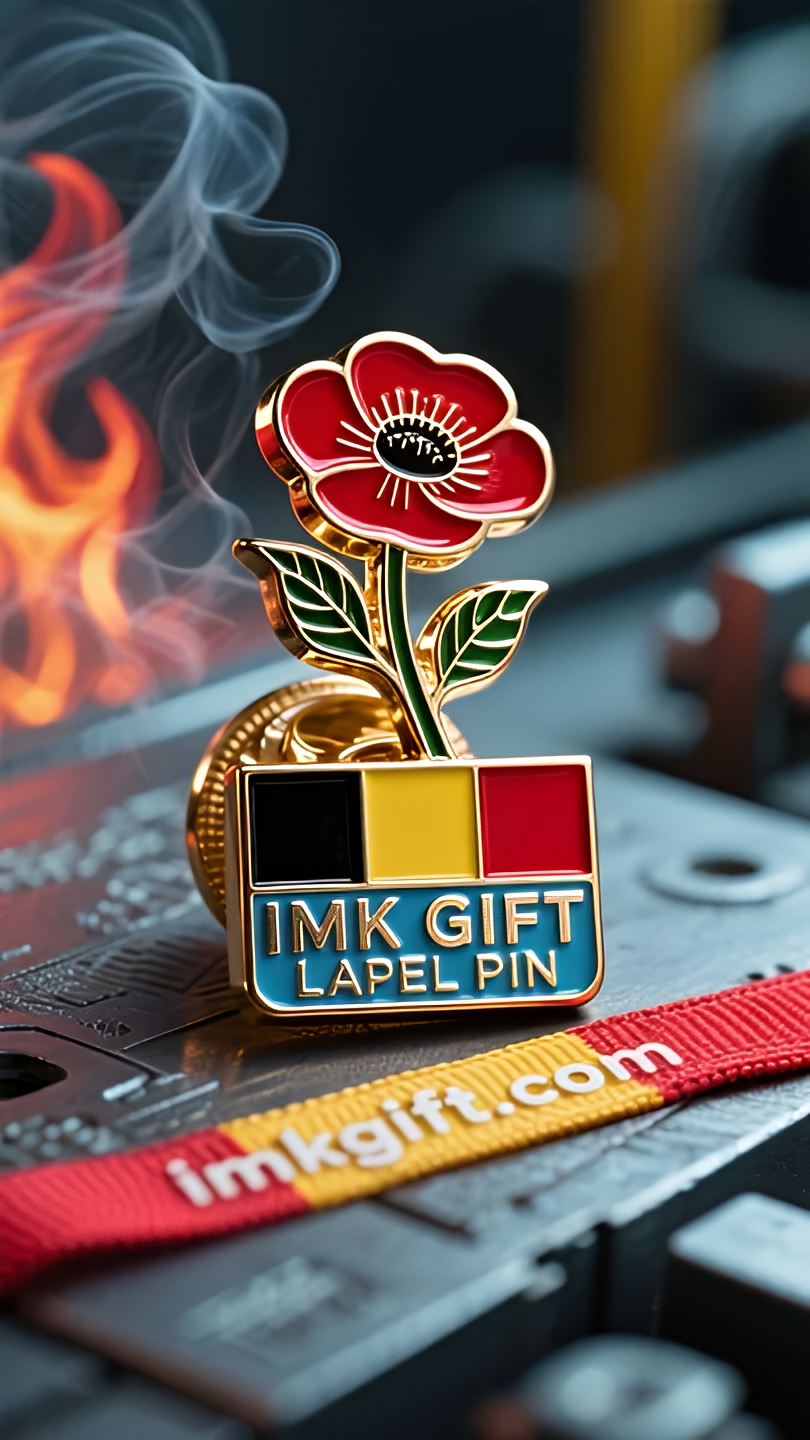in993-Flores-rojas-floreciendo-en-tierra-negra-un-homenaje-a-la-vida-bajo-la-bandera-belga
▼
At the solemn dawn of the Armistice Day in Belgium, the tricolor national flag and the poppy emblem jointly tell the national memory. The three colors of the black, yellow and red vertical stripes of the national flag are just like the life map woven by the Belgians over a hundred years – the black soil carries the pain of war, the golden wheat waves surge with the hope of reconstruction, and the red blood waters the flowers of freedom. As the core symbol of the commemorative event, the poppy emblem wraps the black heart with bright red petals, transforming the symbolic code of the national flag into a concrete image of life. This flower that emerged from the scorched earth, its black core is engraved with the tragic defense of the Liege Fortress in 1914, and the red petals bloom with the courage of the Brussels citizens to spontaneously rescue the wounded. In the folds of each petal, there is a rekindled light in the eyes of the soldiers who survived the Ypres gas war. When the morning breeze blows over the national flag on the town square, the poppy emblem gently sways on the chest of the citizens. This vibrant red is not only a solemn promise to the 116,000 fallen soldiers, but also a declaration to the world: the darkest night will eventually give birth to dawn, and the land torn by war can also bloom the most gorgeous flowers. Just as the spire of the Ghent bell tower pierces the clouds, Belgium’s legend of rebirth always begins with the awe and perseverance of life.
En el solemne amanecer del Día del Armisticio en Bélgica, la bandera nacional tricolor y el emblema de la amapola cuentan juntos la historia de la memoria nacional. Los tres colores de las franjas verticales negra, amarilla y roja de la bandera nacional son como el mapa de la vida que los belgas han tejido durante cien años: la tierra negra lleva el dolor de la guerra, las olas de trigo dorado surgen con la esperanza de la reconstrucción y la sangre roja riega las flores de la libertad. Como símbolo central del evento conmemorativo, el emblema de la amapola tiene un centro negro envuelto en pétalos de color rojo brillante, transformando el código simbólico de la bandera nacional en una imagen concreta de vida. Esta flor surgida de la tierra quemada tiene un núcleo negro grabado con la trágica defensa de la Fortaleza de Lieja en 1914, mientras que sus pétalos rojos florecen con el coraje de los ciudadanos de Bruselas que rescataron espontáneamente a los heridos. En los pliegues de cada pétalo se esconde la luz renacida en los ojos de los soldados que sobrevivieron a la batalla del gas de Ypres. Mientras la brisa de la mañana sopla sobre la bandera nacional en la plaza de la ciudad, el emblema de la amapola se balancea suavemente en el pecho de los ciudadanos. Este rojo vibrante no es sólo una promesa solemne a los 116.000 soldados que murieron en la guerra, sino también una declaración al mundo: la noche más profunda eventualmente dará nacimiento al amanecer, y la tierra desgarrada por la guerra también puede florecer las flores más hermosas. Así como la aguja del campanario de Gante atraviesa las nubes, la leyenda del renacimiento de Bélgica siempre comienza con el asombro y la perseverancia de la vida.
在比利时停战日肃穆的黎明中,三色国旗与虞美人徽章共同诉说着民族记忆。黑黄红竖纹国旗的三种色彩,恰似比利时人用百年时光编织的生命图谱——黑色土壤承载着战争的创痛,金色麦浪翻涌着重建的希望,红色热血浇灌出自由之花。
作为纪念活动的核心符号,虞美人徽章以鲜红花瓣包裹黑色花心,将国旗的象征密码转化为具象的生命意象。这朵从焦土中破茧而出的花朵,其黑色内核铭刻着1914年列日要塞保卫战的惨烈,红色花瓣则绽放着布鲁塞尔市民自发营救伤员的勇气。每片花瓣的褶皱里,都折叠着从伊珀尔毒气战中幸存的士兵眼眸里,重新燃起的光。
当晨风拂过市政广场的国旗,虞美人徽章在市民胸前轻轻摇曳。这抹跃动的红,既是对11.6万阵亡将士的庄严承诺,更是向世界宣告:最深的黑夜终将孕育黎明,被战火撕裂的土地也能开出最绚丽的花。正如根特钟楼尖顶刺破阴云,比利时的重生传奇永远始于对生命的敬畏与坚守。
▼
Contact Us
📞 Tel: +0086-760-85286839
📧 Email: sales3@imkgift.com








